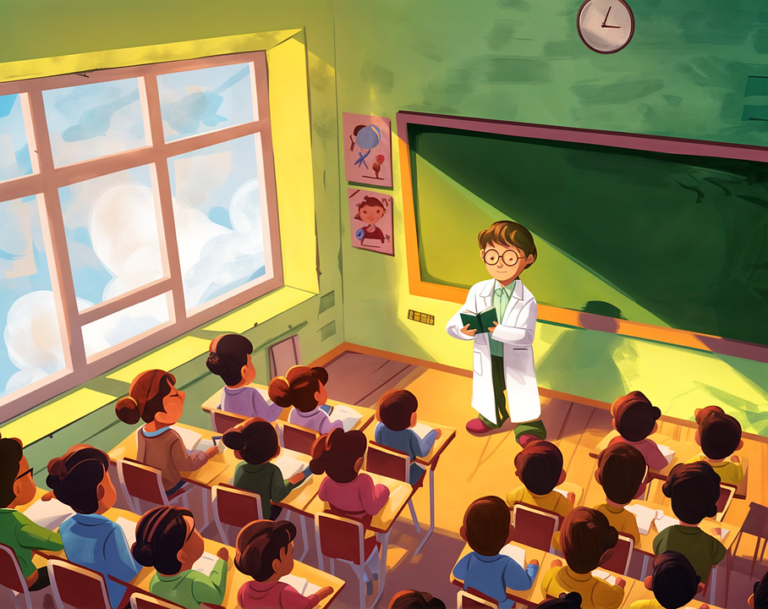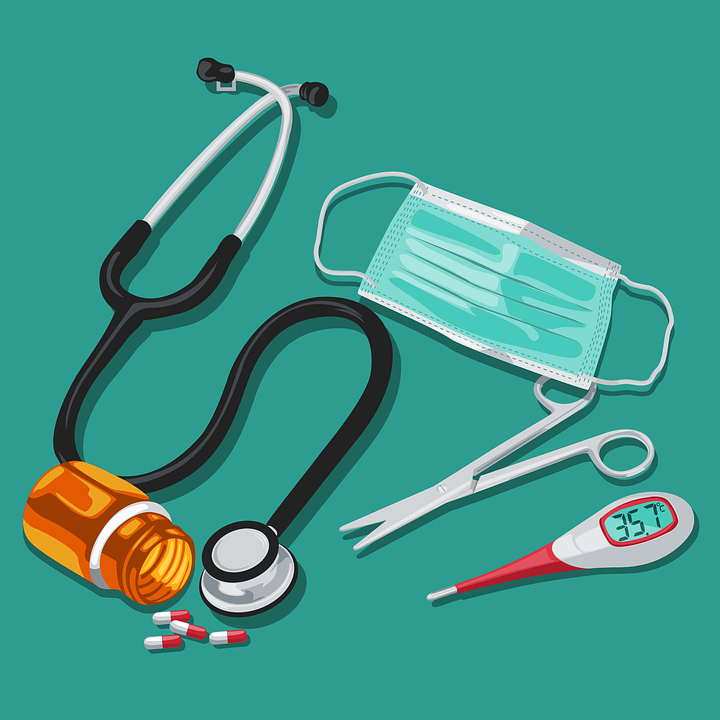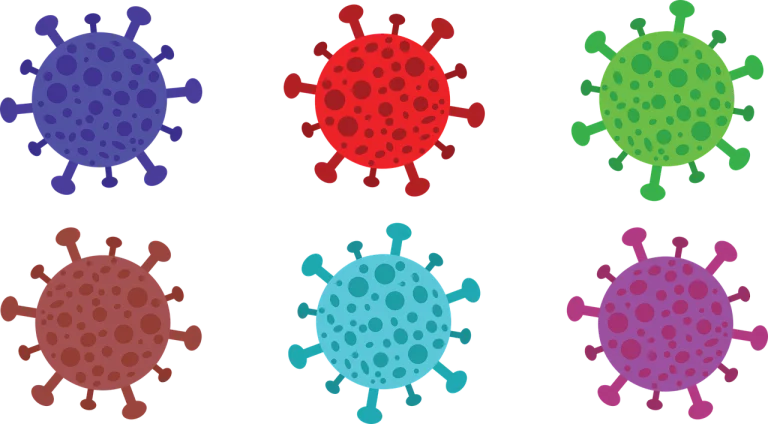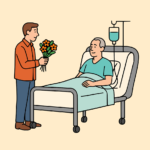Book Appointment Now
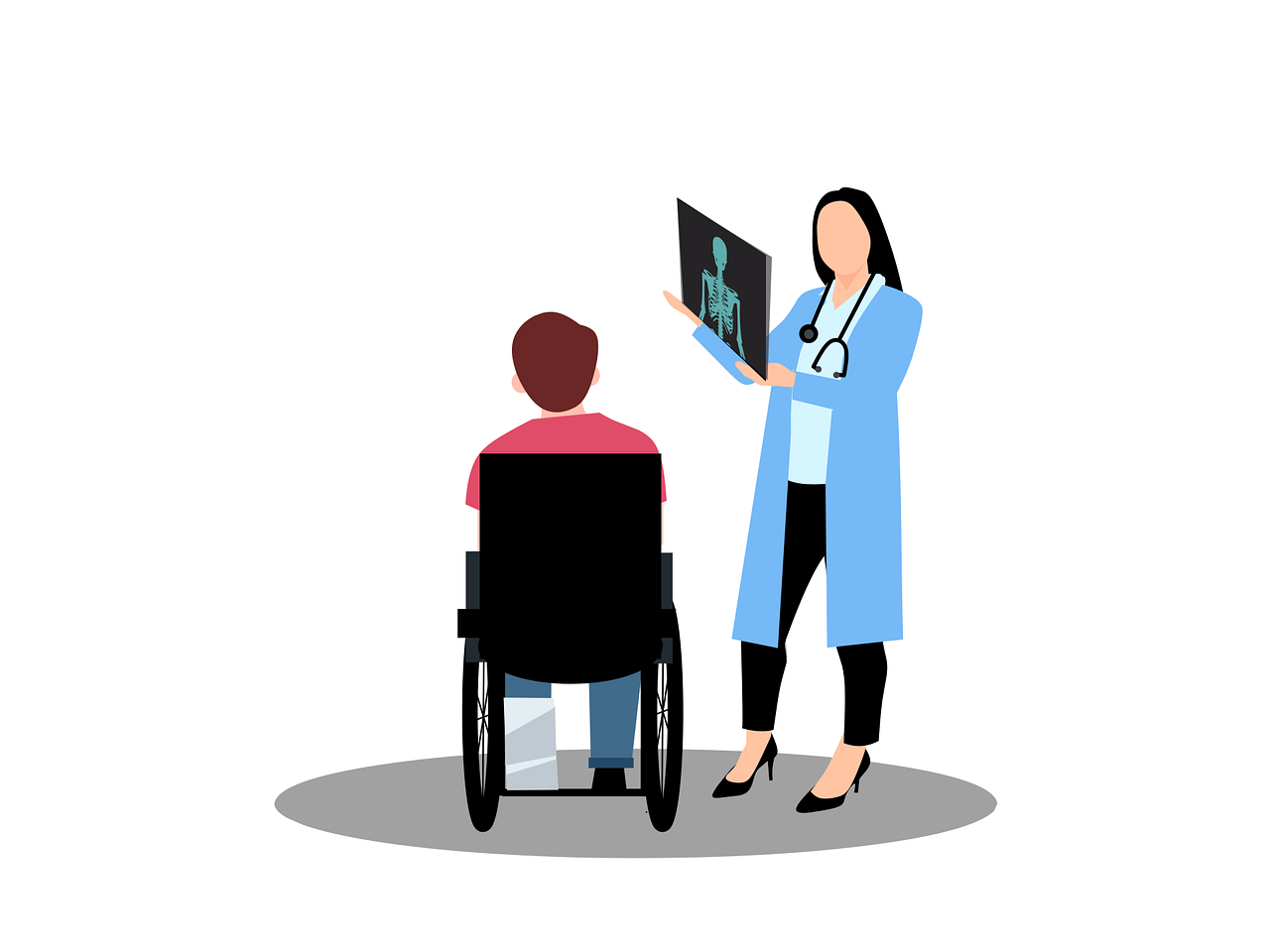
The Role of Nursing Staff in Preventing Patient Falls
Patient falls are a significant concern in healthcare settings, particularly among the elderly. The role of nursing staff in preventing patient falls is crucial, as nurses are often the first line of defense in maintaining patient safety. Through careful monitoring, patient education, and implementing preventive measures, nursing staff play a vital role in reducing the incidence of falls and improving overall patient outcomes.
Do you need nursing paper writing help about what nurses can do to avert patient falls? ![]()
Understanding the Importance of Fall Prevention in Healthcare
Falls can lead to severe injuries, extended hospital stays, and increased healthcare costs. For vulnerable populations, such as the elderly, the consequences of a fall can be life-threatening. Therefore, nursing strategies to prevent falls are essential components of patient care plans, especially in geriatric and palliative care settings.
Key Responsibilities of Nursing Staff in Fall Prevention
1. Conducting Risk Assessments
One of the primary responsibilities of nursing staff is to assess each patient’s risk of falling. This involves evaluating factors such as mobility, medication use, cognitive function, and previous fall history.
Implementing Fall Risk Assessment Tools
Nurses often use standardized tools to identify patients at high risk of falls. These tools help in creating personalized care plans that address specific risk factors.
- Examples of tools:
- The Morse Fall Scale
- The Hendrich II Fall Risk Model
- The Timed Up and Go (TUG) test
2. Developing and Implementing Care Plans
Once a patient’s fall risk has been identified, nurses are responsible for developing and implementing a care plan that includes preventive measures. Nurse interventions for fall prevention can range from environmental modifications to patient education.
Personalized Interventions
Tailoring interventions to individual patient needs is crucial for effective fall prevention. For instance, a patient with impaired vision may require additional lighting in their room, while a patient with mobility issues may need assistance with ambulation.
- Common interventions:
- Ensuring the use of non-slip footwear
- Placing frequently used items within easy reach
- Educating patients and families about fall risks and prevention strategies
The Impact of Continuous Monitoring and Support
1. Regular Patient Monitoring
Continuous monitoring is key to preventing falls in hospitals. Nursing staff must regularly check on patients, especially those identified as high-risk, to ensure their safety.
Utilizing Technology in Monitoring
Advancements in technology, such as bed and chair alarms, can aid nursing staff in monitoring patients more effectively. These alarms alert nurses when a patient attempts to move unsafely, allowing for prompt intervention.
- Benefits of technology:
- Reduces response time to potential fall incidents
- Enhances overall patient safety
- Allows for better allocation of nursing resources
2. Providing Education and Support
Educating patients and their families about fall prevention is an integral part of patient fall prevention by nursing staff. Nurses must ensure that patients understand the importance of following safety protocols.
Ongoing Patient Education
Nurses should provide continuous education on fall prevention throughout a patient’s hospital stay. This education should be reinforced during discharge planning to ensure patients remain safe at home.
- Educational focus areas:
- Proper use of assistive devices (e.g., walkers, canes)
- Safe movement techniques to avoid falls
- Importance of reporting any dizziness or balance issues
The role of nurses in preventing falls is multifaceted, involving risk assessment, personalized care planning, continuous monitoring, and patient education. By adopting a proactive approach, nursing staff can significantly reduce the incidence of falls in healthcare settings, ensuring better outcomes and improved patient safety. Effective fall prevention requires a collaborative effort, but it is the dedication and vigilance of nurses that often make the most significant difference in protecting patients from harm. Read also: NUR 2407 Assignment Safety Risks.

